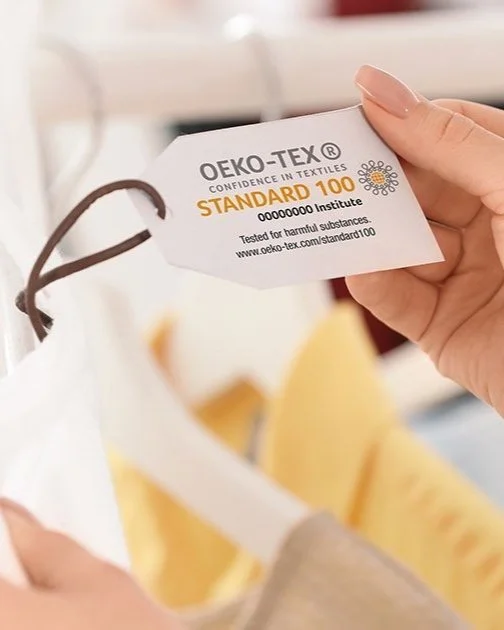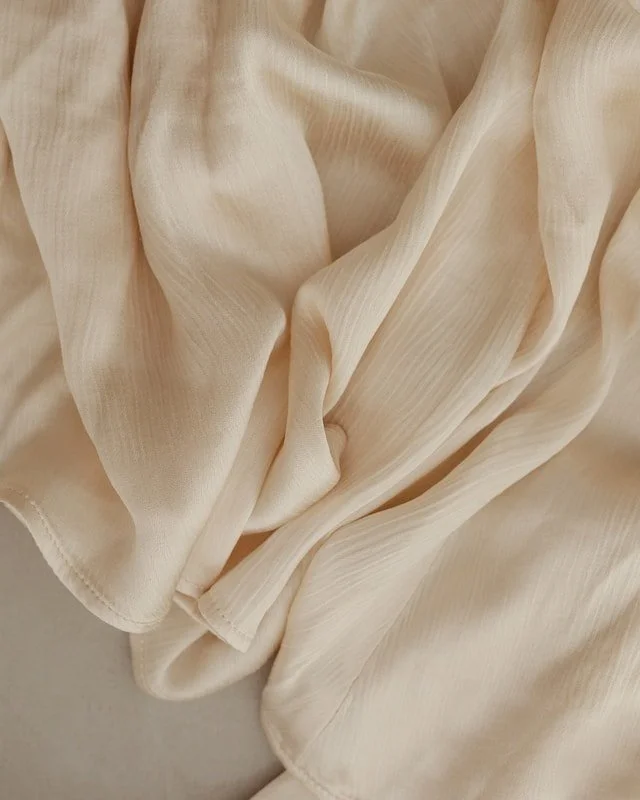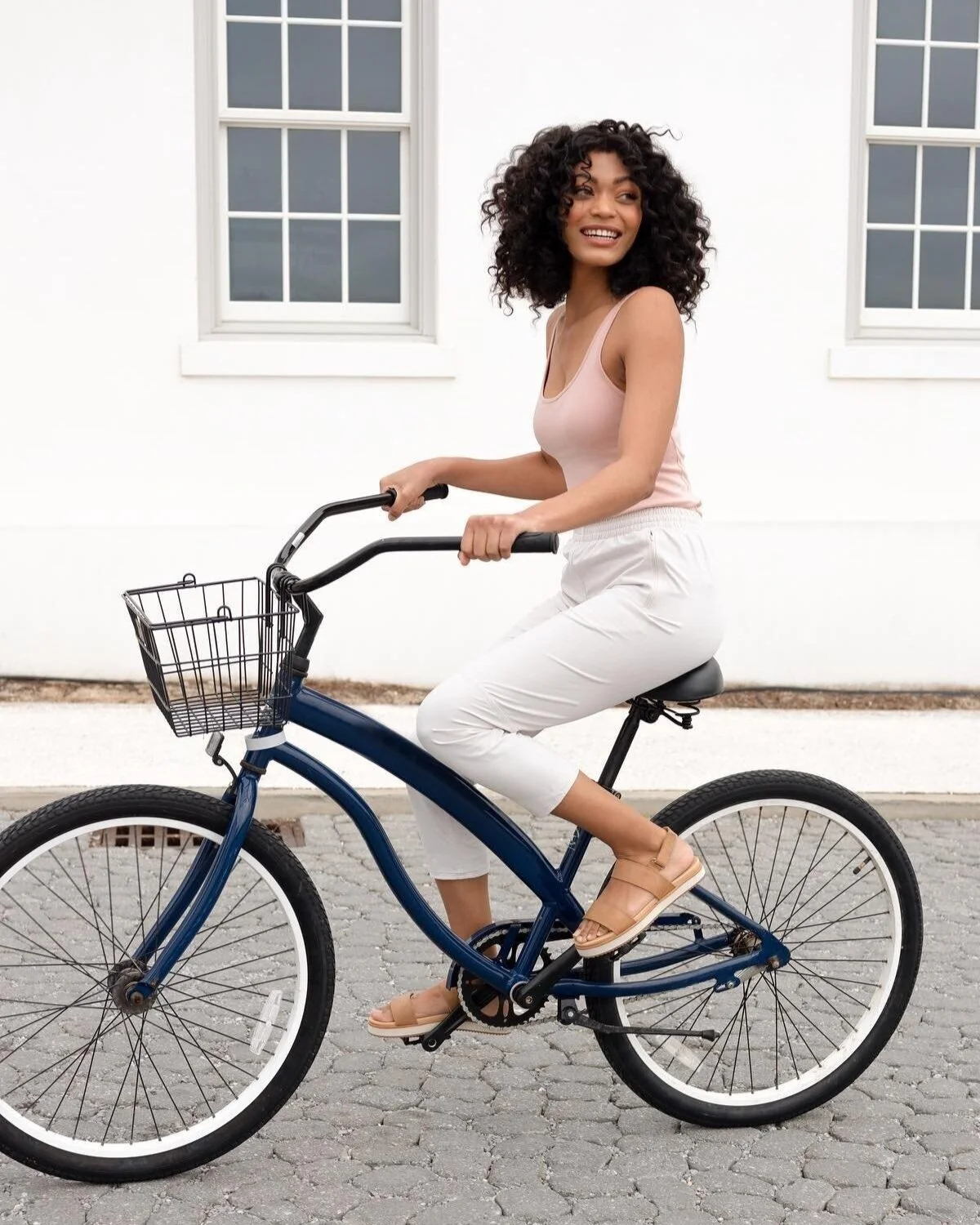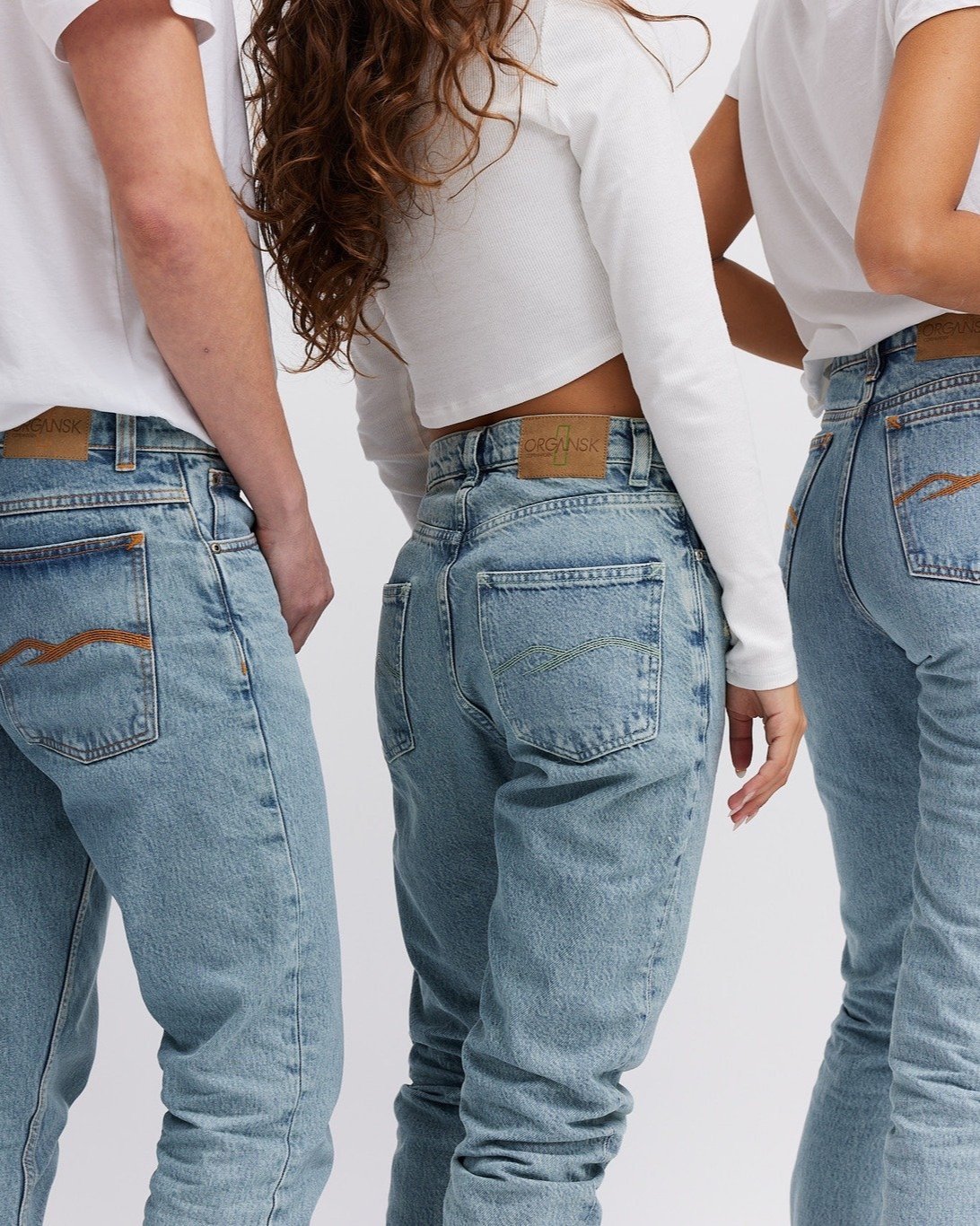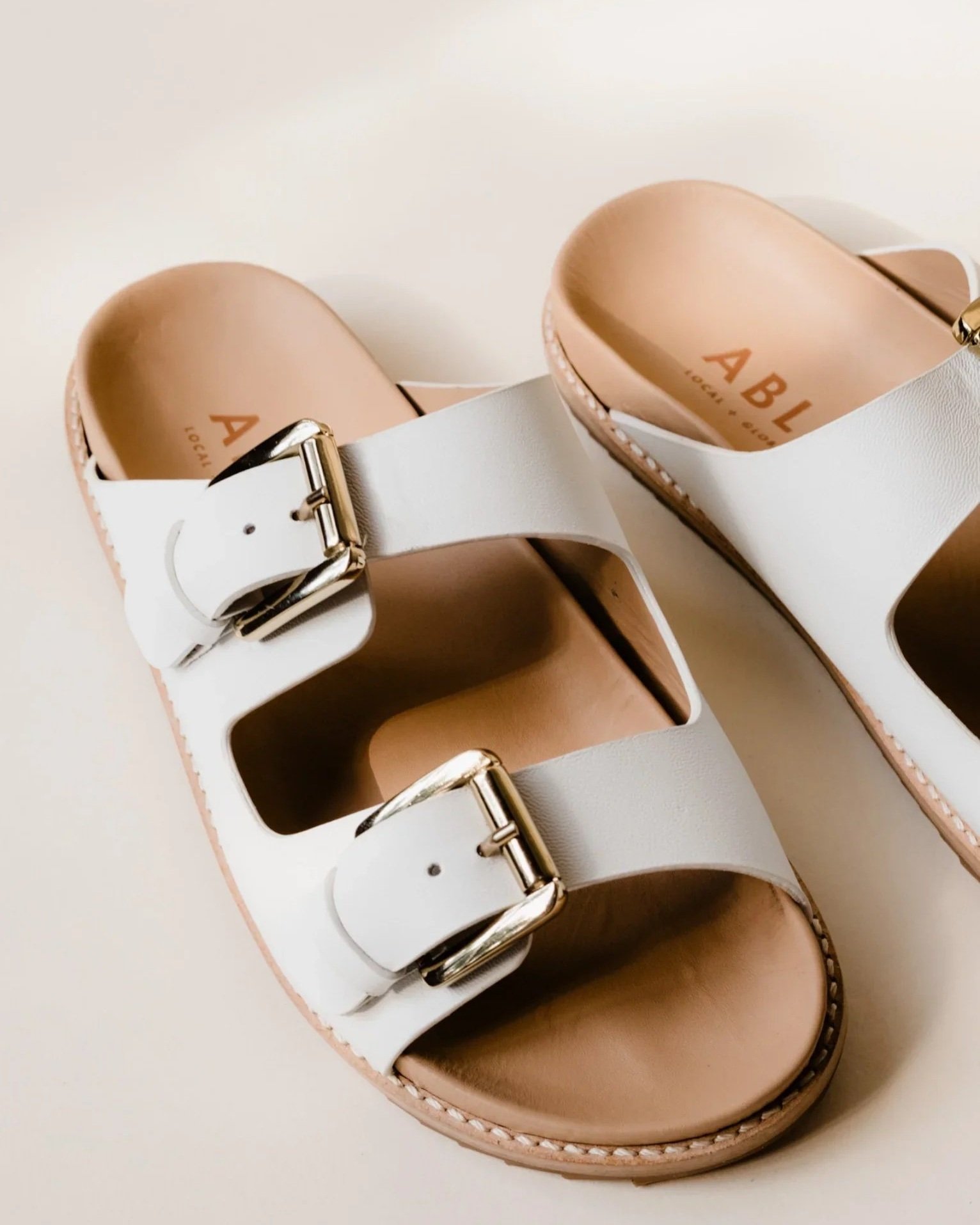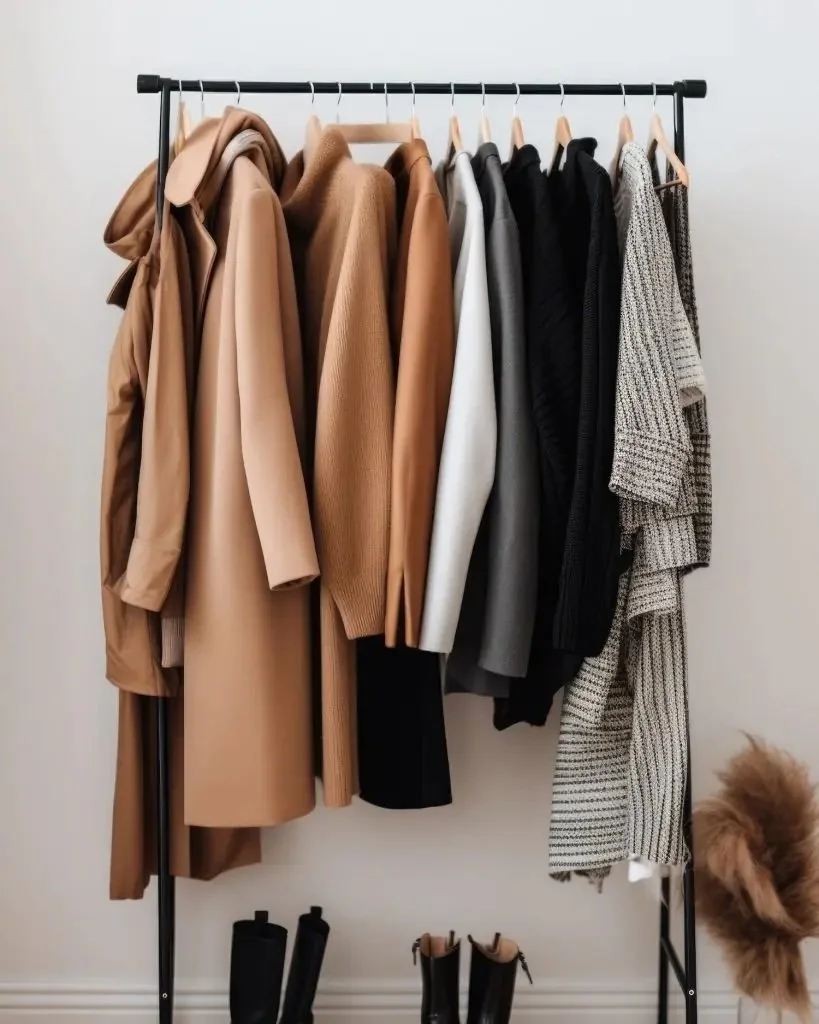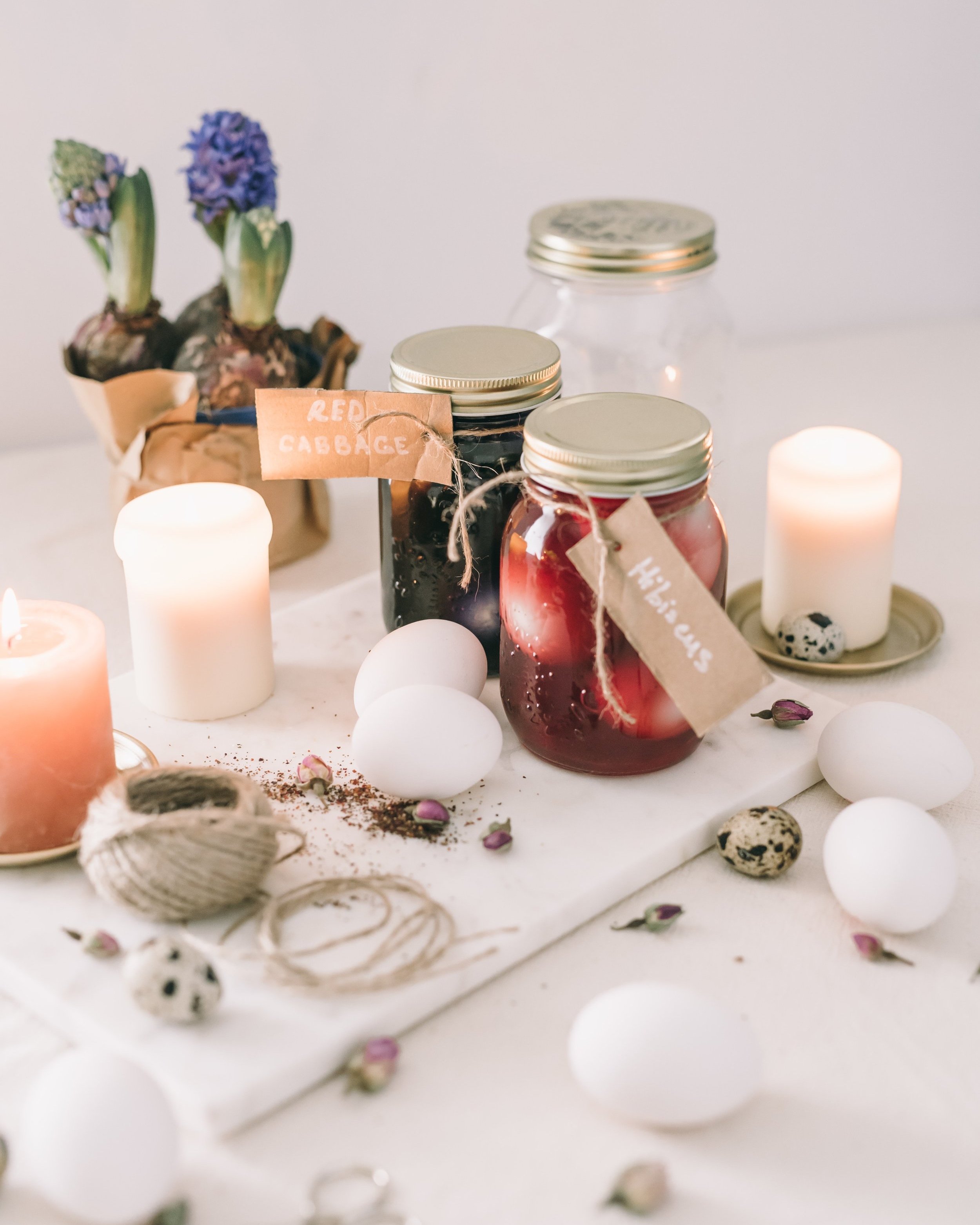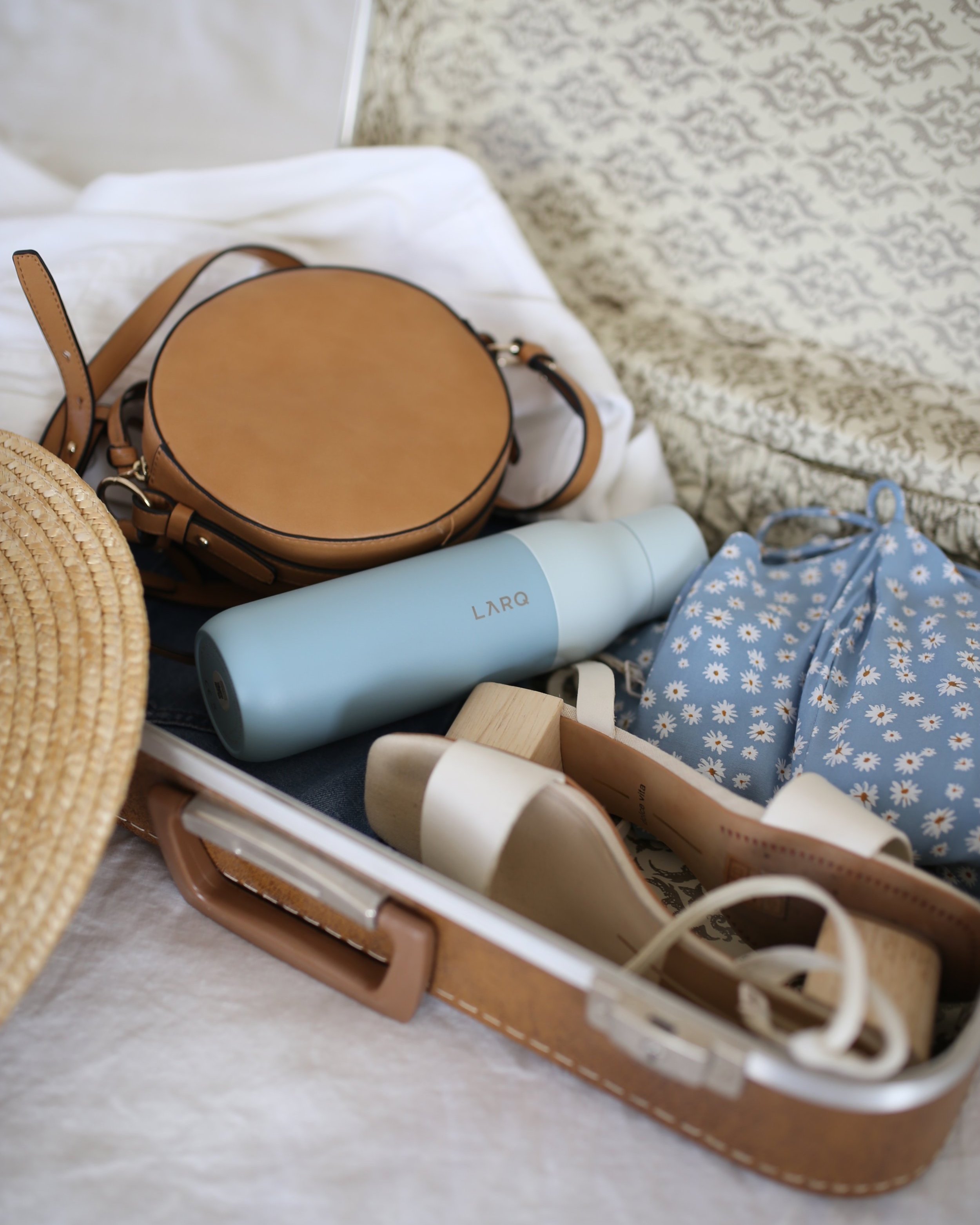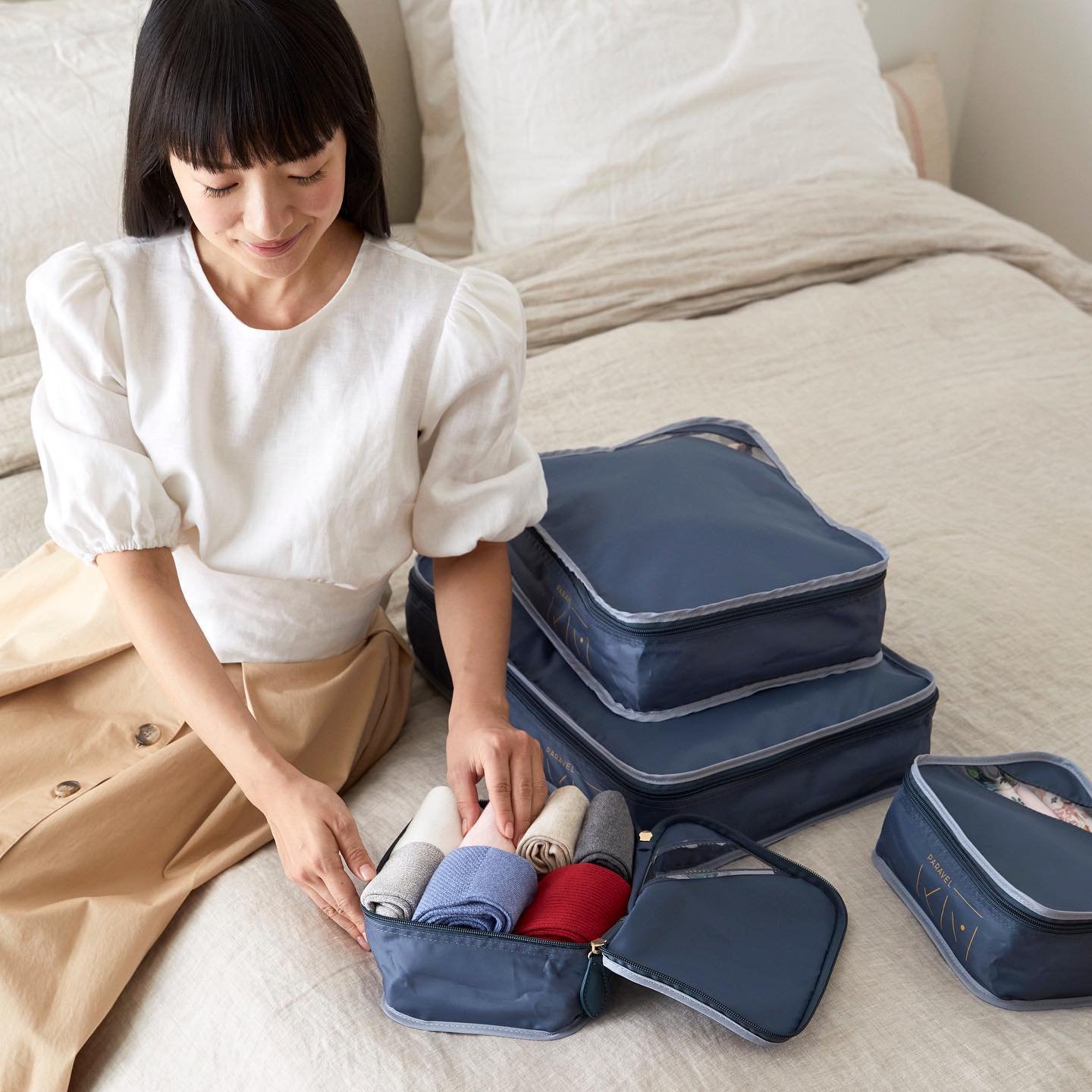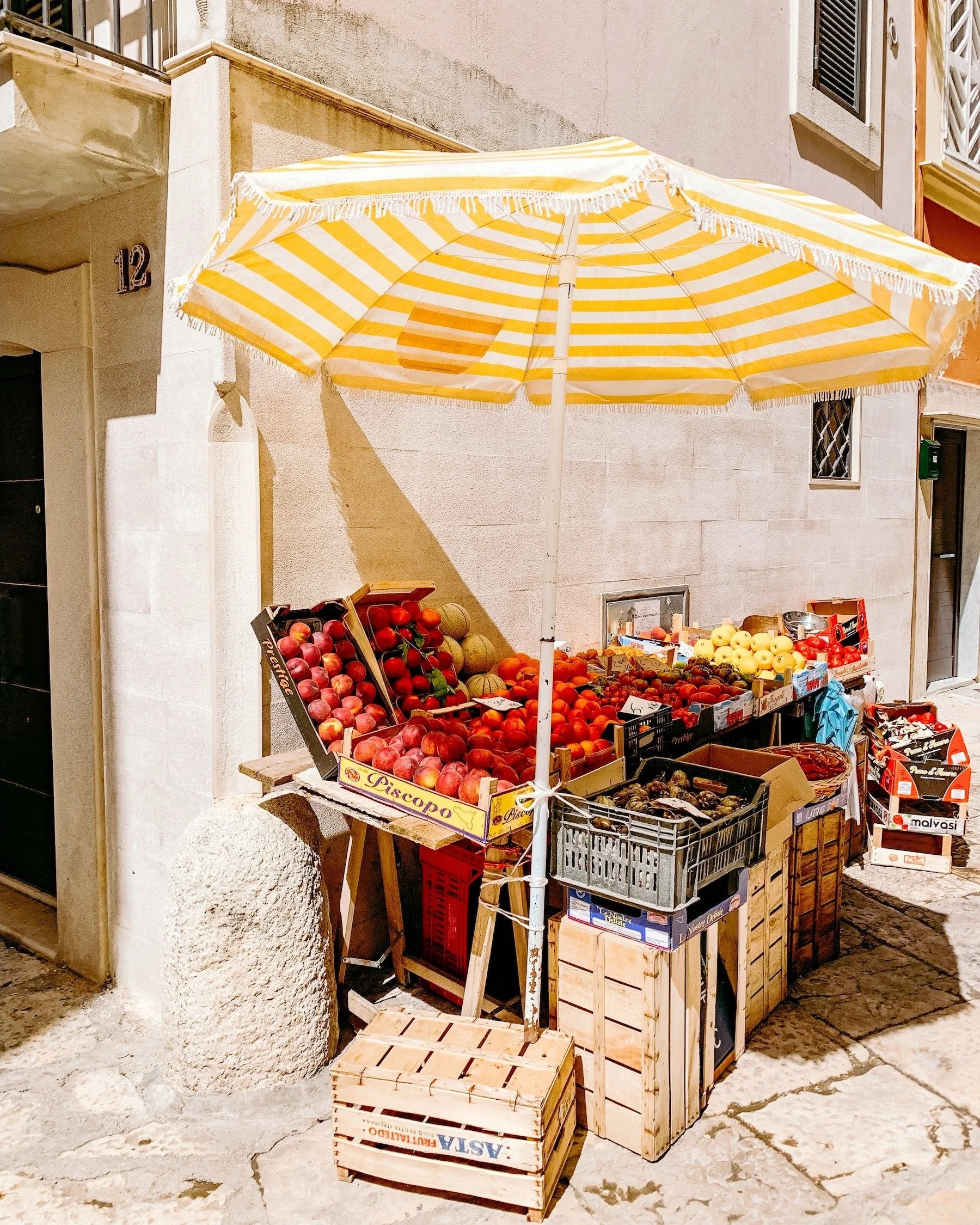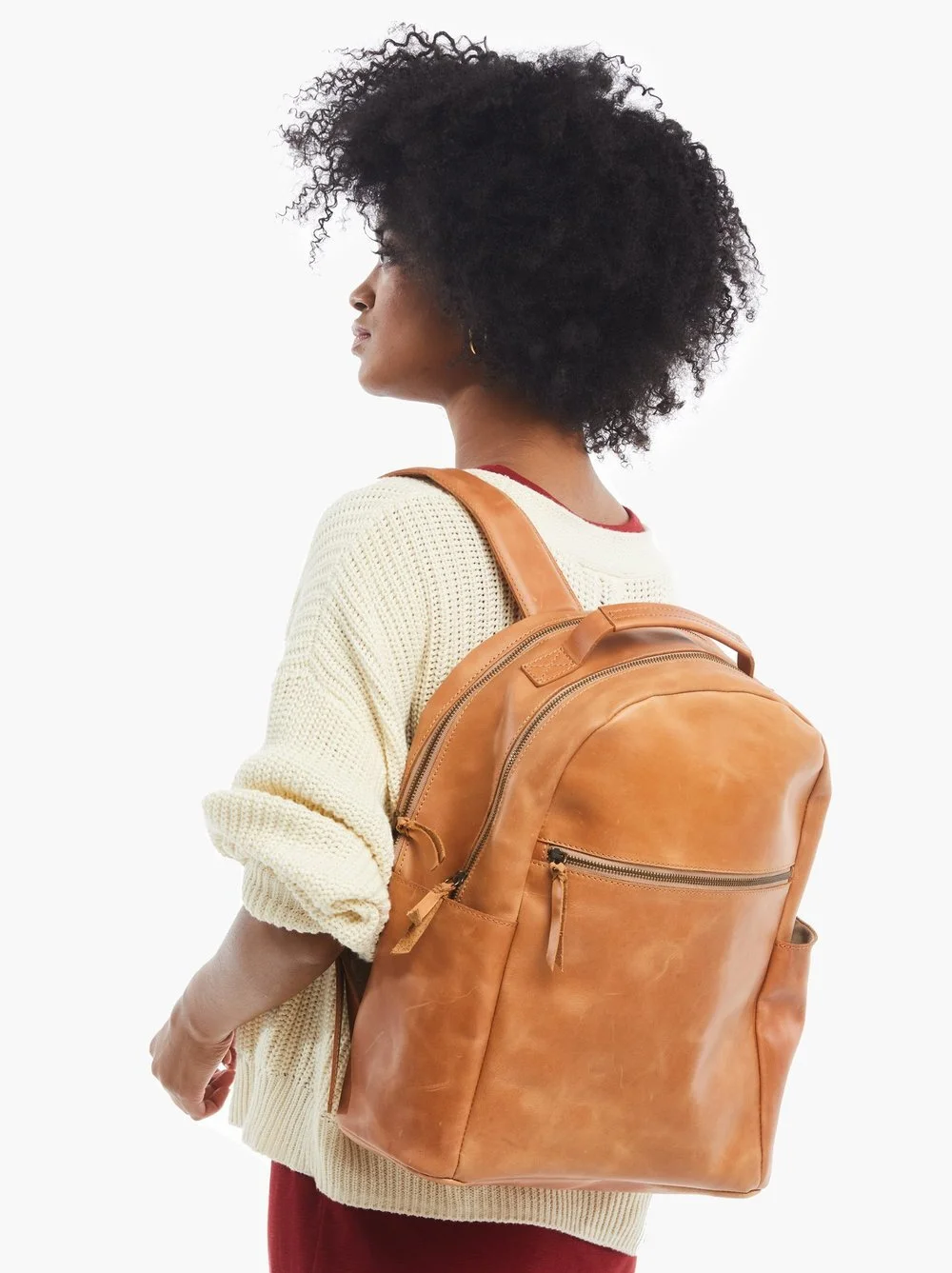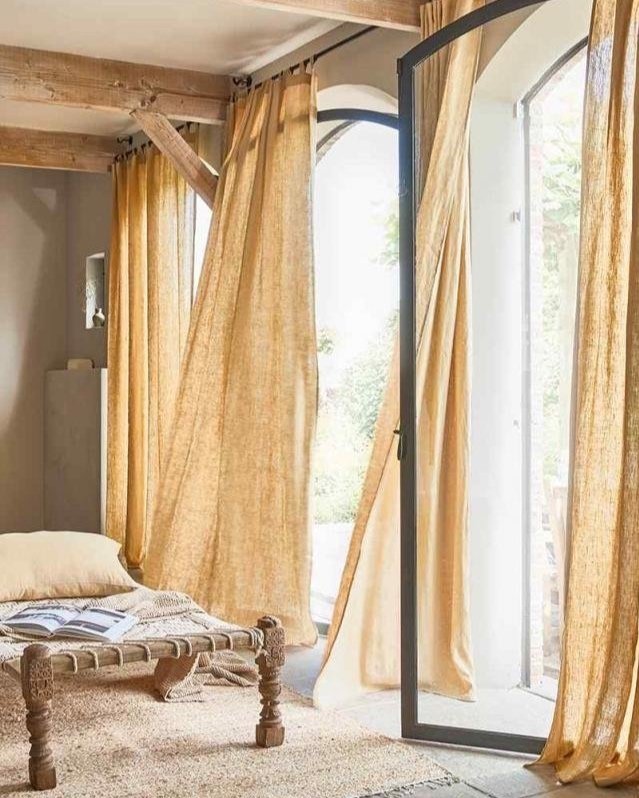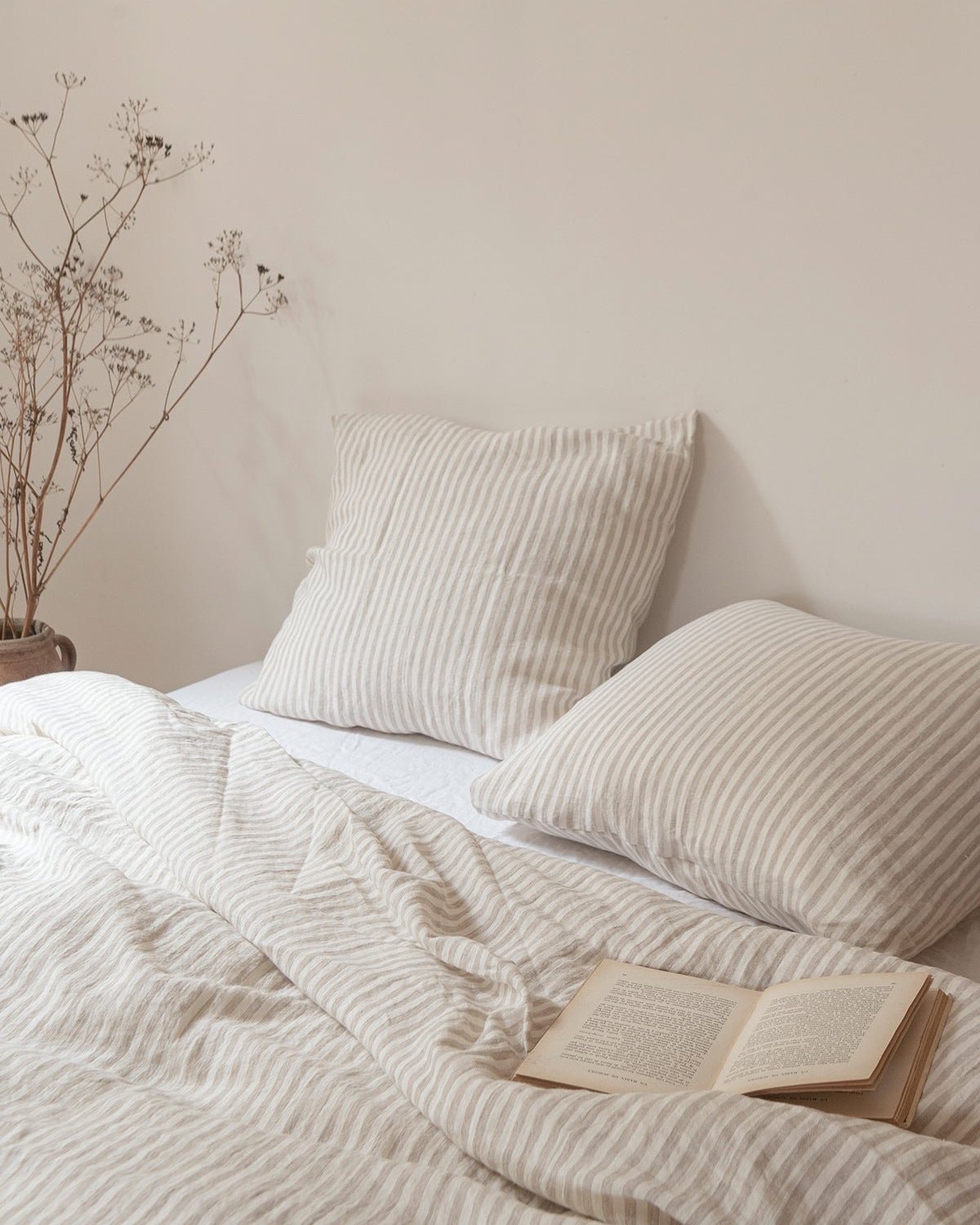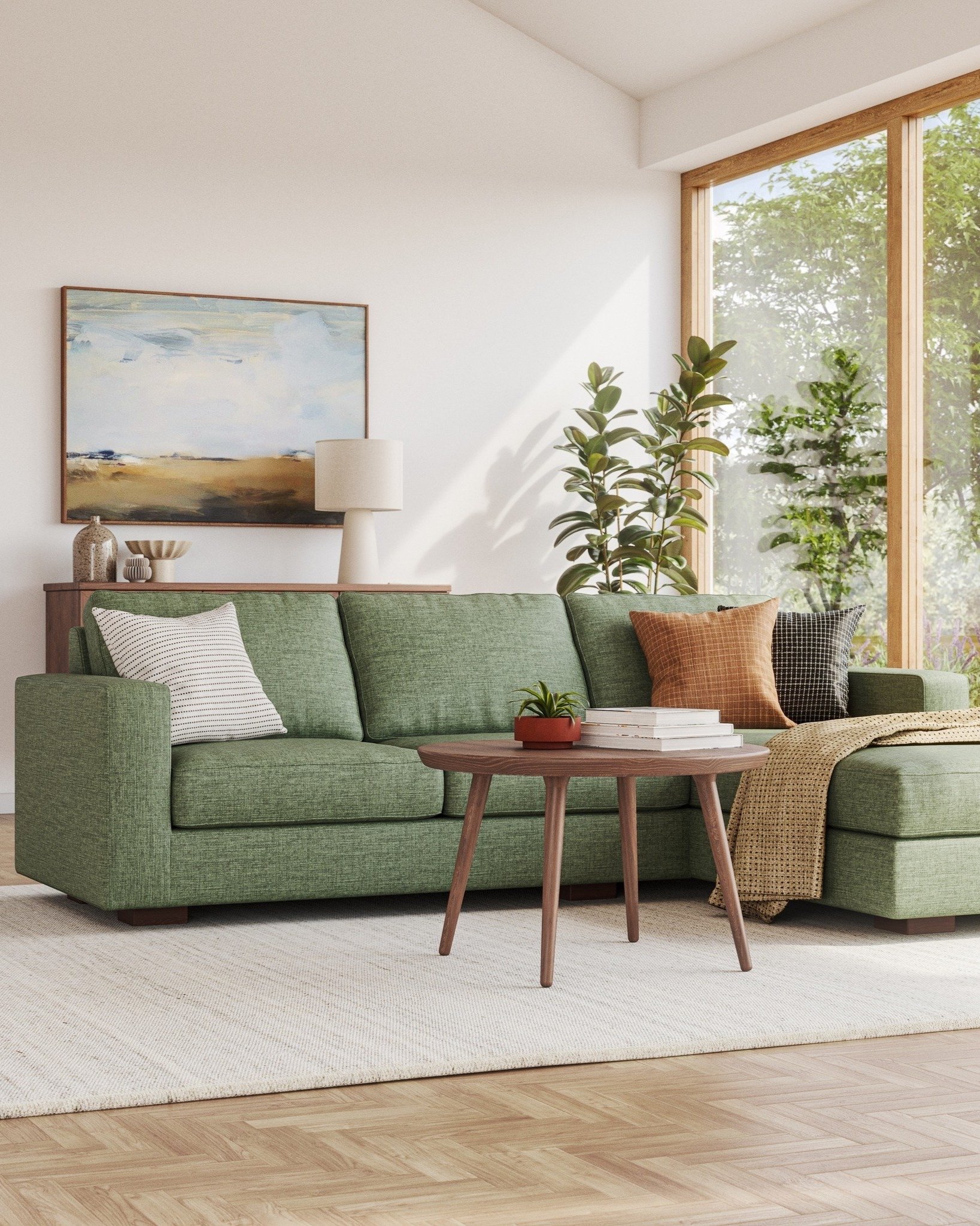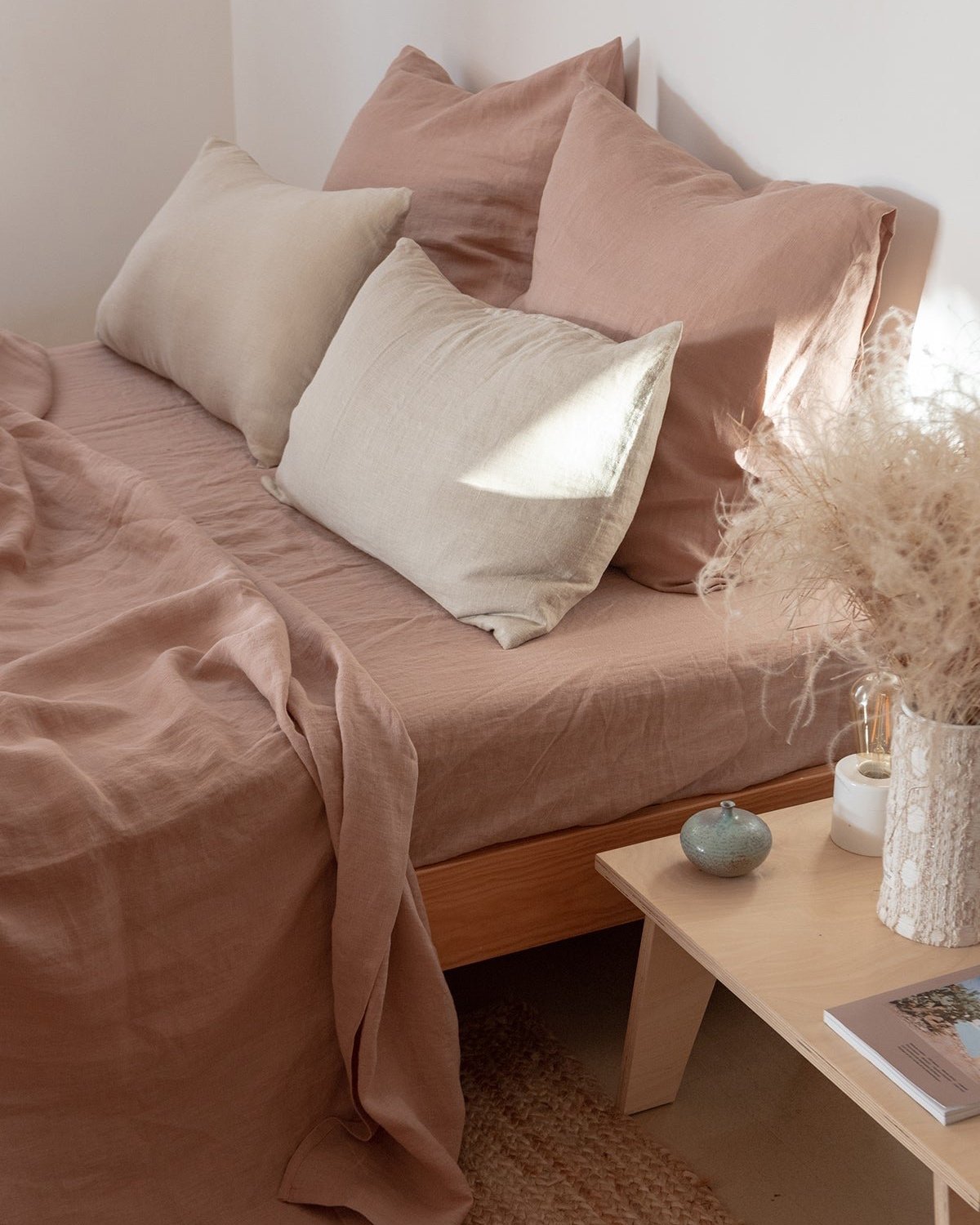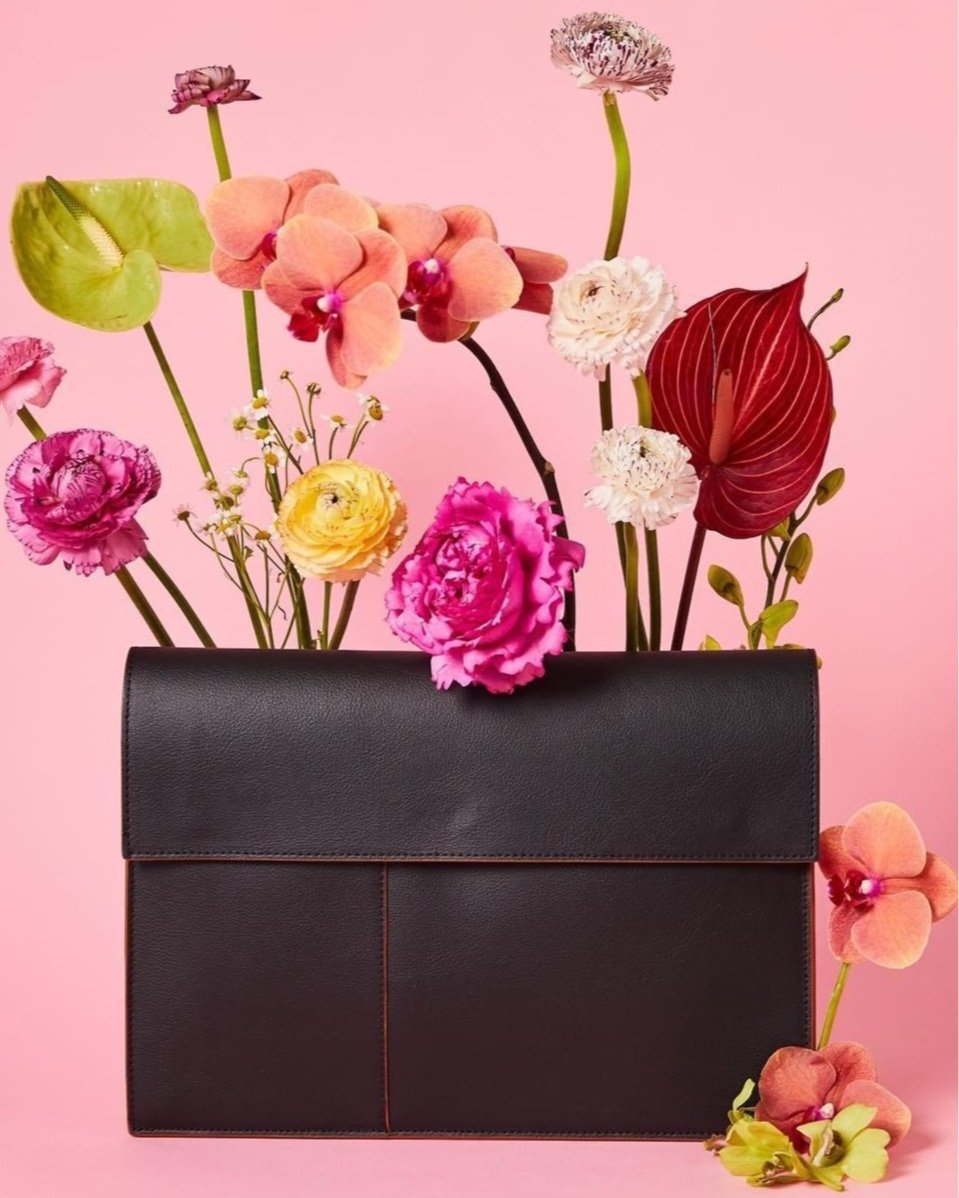Image: La Lovely Vintage
12 secondhand, Vintage, & Thrift Stores in Denver Colorado
There’s no feeling quite like finding a hidden gem at an ARC or Goodwill. Because when combined with time and a little bit of luck, the hard work of searching often pays off in a big way.
But sometimes we don’t have the time, nor the patience, to sort through racks of disorganized, well-worn clothing. That’s where the second hand stores on this list come in: they’re carefully curated with clothing that has already been loved, but is ready for a new life. Most of these 12 stores are also locally owned, so you can feel good about putting your hard-earned money toward sustainable enterprises in the Mile High City, rather than into fast fashion corporations.
From trendy upcycled boutiques to long standing vintage shops, here are some of the best secondhand stores for shopping sustainably (and fashionably) in Denver.
The Best Secondhand & Thrift Stores in Denver:
1. Goldmine Vintage
South Broadway
Goldmine Vintage is an aptly-named thrift store that makes it easy to find your special diamond in the rough. This spacious store, which opened in 2007 on South Broadway, sells men’s and women’s clothing and accessories from every era. Items are neatly organized and labeled with the decade they’re from, so you can easily learn more about the item you’re considering and why it’s priced as such. You can also sell your clothes to Goldmine, but be sure to make an appointment and consider the buying criteria of the moment (it can change seasonally). Another perk of Goldmine is that you can purchase items online via their Instagram page, so if you see something you like, you can send a DM and snag the item for yourself.
2. Garage Sale Vintage
Larimer Square
At Garage Sale Vintage, you’ll find curated vintage clothing, accessories, vinyls, and other knick knacks. Plus, this store has its own bar inside serving up beer, margaritas, non-alcoholic cocktails and even tacos to fuel you up before or after you shop. This makes for a unique secondhand shopping experience, which is chock full of fun, nostalgia-inducing games like pinball and y2k decor. Garage Sale vintage has a flea market format in that it’s composed of racks from multiple different vendors, making for a huge range of styles and decades.
3. Atomic Salvage
Capitol Hill
Vintage prom dresses, block printed jeans, and cowboy boots are just a few items you’ll find at Atomic Salvage in Denver’s Capitol Hill neighborhood. This thrift store sells vintage and upcycled clothing, which is adorned with custom hand-printed designs in bright, colorful patterns and designs. We also love that this thrift store rents out unique pieces, like suiting and formalwear, for people to wear during special events and photoshoots. That way, pieces that might only be worn one more time can be returned for sale or rent, where they can be kept out of the landfill.
4. The Shop Outpost
East Colfax
Dubbed a vintage and western mercantile, The Shop Outpost echoes Denver’s historic days as a bustling town in the wild west. Here, you’ll find suede fringe jackets, leather cowboy boots, turquoise jewelry, western home goods, and more. Plus, they have new felt hats that can be customized with your own feathers, beads, and other detailing, which is a great way to create a unique, lifelong accessory. The Shop also sells upcycled clothing that they make, with a recent line of jackets made exclusively from vintage quilts. Lastly, 6% of every purchase at The Shop supports community charities, so you’ll be helping the planet and your fellow neighbors whenever you shop here.
5. Common Threads
South Pearl Street
If you’re seeking gently used, upscale women's clothing, Common Threads is the spot for you. This shop on South Pearl Street is a great place to find luxury shoes, bags, and other clothing items that you’d never find at the average thrift store. Think Burberry bags, Coach shoes, and Chanel sunglasses — just to name a few items that they sell. Sellers can make an appointment to have Common Threads review their items and opt to put them on consignment, where they’ll remain for 45 days. Another way to shop Common Threads is online, and while you won’t find all their inventory here, you can browse some of their most popular items.
6. La Lovely Vintage
Baker
Discover vintage and modern clothing, denim, vinyl and other special goods at La Lovely Vintage. This cozy shop on South Broadway is near many other beloved vintage shops in Denver, yet retains its own flair and style. A major portion of their inventory is denim, with unique jackets and jeans from the 50’s, 60’s, 70’s, 80’s, and beyond. Some of the most unique offerings are a collection of handmade button shirts made from vintage feed sacks, table cloths, and other well-loved textiles. They also make custom candles out of old canisters, and have many gifts for sale, so it’s the ideal one-stop-shop for all your eco-friendly styling and gifting needs.
7. Second Love
Tennyson
Second Love is a resale womens’ clothing boutique with timeless and on-trend pieces that are ready for another life. Second Love is full of popular brands like Free People, Reformation, Madewell, Aritzia, and BDG, but you can feel better about wearing them because you know you’re giving them a second home and keeping them from the trash rather than buying them new. This store also sells accessories like sunglasses, jewelry, shoes, bags, and small home goods, such as candles and blankets. Sellers can drop off their gently-used clothes during open hours Saturday through Monday, and you can check their website to see what seasonal items they’re looking for in a given month. Next door to Second Love is the Yogi Exchange, another resale boutique with the same model that focuses on yoga and exercise clothing.
8. The Ten Penny Store
Broadway
At The Ten Penny Store, shoppers can browse an eclectic mix of vintage clothing and accessories from 1900’s to the 2000’s. They acquire and stock new vintage clothing daily, and since this popular store has a solid turnover in their inventory, you can always expect to find something new and exciting here. The Ten Penny Store is open daily and periodically accepts clothes from buyers by appointment only. In addition to their rad collection of vintage jeans, dresses, shoes, and more, Ten Penny has a large collection of used cassettes, vinyl records, 45’s and eight-tracks for music lovers to enjoy. They also offer clothing repairs.
9. Boss Vintage
South Broadway
Since 1989, Boss Vintage has upheld its reputation as having some of the most unique pieces in Denver and even in the state of Colorado. Visiting Boss Vintage is a bit like rifling through a time capsule. They have drawers full of 1940’s era gloves and hosiery, racks of 80’s pantsuits, and hats, and shoes that have been preserved perfectly for decades. With both men’s and women’s clothing, Boss Vintage is also a go-to spot for any costume or party needs, and it’s guaranteed you’ll find just the right unique accessory to top off your outfit. Boss also has one of the best vintage jean collections in the city.
10. Déjà Blue Boutique
Cherry Creek
If you’ve ever wished that you could shop at a curated Goodwill without wading through the junk, Déjà Blue Boutique is exactly that. This Goodwill offshoot store is stocked only with designer and other high-end clothing items for men and women that have been hand-picked for your browsing pleasure. This is a great place to find luxury bags or business clothing that you don’t want to buy for full price. It’s also a great place for a wardrobe refresh that doesn’t involve buying new clothing, but still allows you to buy quality clothes that last and won’t break the bank. All purchases support Goodwill’s career development program, so you’re supporting your local community while taking it easy on the planet.
11. Feral
Tennyson
Feral is an independent outdoor clothing and gear shop with new and used for men and women. This store sells everything from used tents and lanterns to hiking boots, leggings, and flannels. Feral also offers gear repair services, so you can pay a small fee to have a hole or tear fixed, which can extend the lifeline of your beloved adventure gear. Those interested in backcountry backpacking can also rent bear spray and a bear canister at Feral, and snow adventurers can rent spikes, snowshoes, and other gear for winter. Feral will also buy your exercise and adventure clothing and gear, which you can exchange for cash or store credit, so it’s a great place to swap out pre-loved items for fresher things.
12. Show Pony Vintage
South University
Show Pony is an adorable, well-curated vintage shop. You can find pretty much anything here, but their collection of vintage sweaters, varsity jackets, crewnecks, slacks, and vests leans into a timeless, college coed style thanks to its location near the University of Denver. Show Pony’s collection spans multiple decades, but the majority of their clothing is from the 80’s, 90’s, and early 2000’s. Show Pony is composed of different vendors which ensures a variety of sizes, styles, and genders. If you’re interested in setting up a personalized style appointment, you can put down a $20 deposit and share your style inspiration before heading into the store to try on outfits from a rack of items personalized to you by Show Pony vendor, Manic Pixie Thrift.
About the Author
Michelle Polizzi is an independent writer and storyteller with 7 years of experience creating content online. Her writing has appeared in leading publications like Bitch, WELL+GOOD, Insider, and Healthline, and she covers topics like sustainable living, mental health, and intersectional feminism. Currently, she's pursuing an MFA in creative writing.
MAKE SURE TO PIN THE PHOTO BELOW TO SAVE THIS POST FOR LATER!
WANT TO FIND SUSTAINABLE BRANDS? VISIT OUR BRAND DIRECTORY!
Our Brand Directory is home to hundreds of sustainable brands, from makeup to cleaning supplies, from underwear to shoes. We have broken everything down by category for easy shopping, along with discount codes unique to Sustainably Chic viewers.





